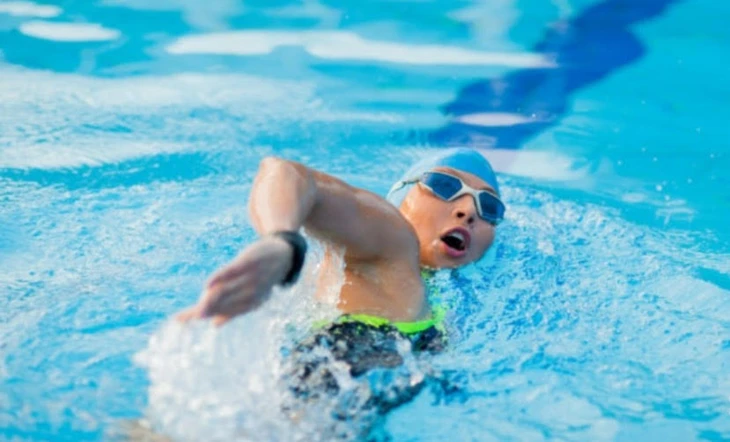
Keeping your head above water is important when you have an accident at sea or on a river - Photo: CN
What is survival swimming?
"Survival swimming" is considered an extremely important swimming skill for those working in the maritime or rescue industry. The purpose of this swimming skill is to help you adapt as quickly as possible when an incident occurs.
First is the highly regarded core technical team:
Drownproofing – static survival: this method was developed by Fred Lanoue – a famous coach at Georgia Tech Institute of Technology since the 1940s and became a required subject here.
This technique allows the swimmer to relax their entire body, bend slightly like a “C” shape, and keep their body suspended just below the surface of the water, waiting until they need to breathe, then quickly come up and sink back down. Research has shown that normal people can stay afloat this way for hours, even more than 24 hours if they are conscious.
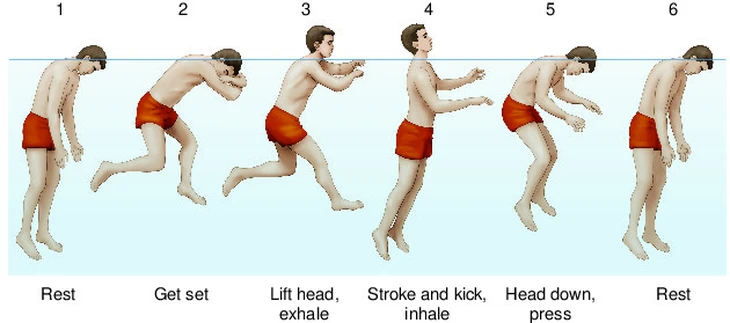
Instructions for the drownproofing pose - Photo: NT
Survival breaststroke – floating breaststroke: this is a variation of breaststroke used in training by the US Department of Defense , keeping the head above water to observe and breathe easily.
There is not much difference between this stroke and the traditional breaststroke. The focus of this stroke is to keep your head above water, rather than going up and down like the traditional breaststroke.
Sidestroke – sidestroke: this technique is popular in US military training (US Army – TC 21‑21) and the Marine Corps.
The swimmer tilts his body, using his arms to fan and his legs to “scissor kick”, the upper arm controlling the direction, the lower arm providing the thrust.
Head-up front crawl – this variation of the crawling technique is similar to the survival breaststroke, and still ensures high speed but keeps the head above the surface, recommended in many rescue training.
It's all about the situation.
As soon as the boat capsized
American survival swimmer Trev Hollenbeck, an expert on drownproofing, emphasized: "When your boat capsizes or sinks, and you are unsure of the direction of the nearby shore, the most important thing is to follow the principle of staying close to the boat, clinging to a floating object, and waiting for rescue.
In this case, drownproofing is the best option. Use this method to avoid sinking, waiting for the opportunity to grab the nearest floating object. If forced to swim to somewhere nearby, use survival breaststroke or sidestroke, conserving energy in the initial stage."
When there is a storm, the water flow is strong.
This situation is often given in US Navy training programs, the reasonable tactic is to use survival breaststroke and sidestroke to swim in the conditions of waves, debris and floating oil.
But remember to start with drownproofing to steady your breathing and keep your legs in rhythm, then transition to survival breaststroke to move slowly but steadily. When you need speed, you can transition to sidestroke.
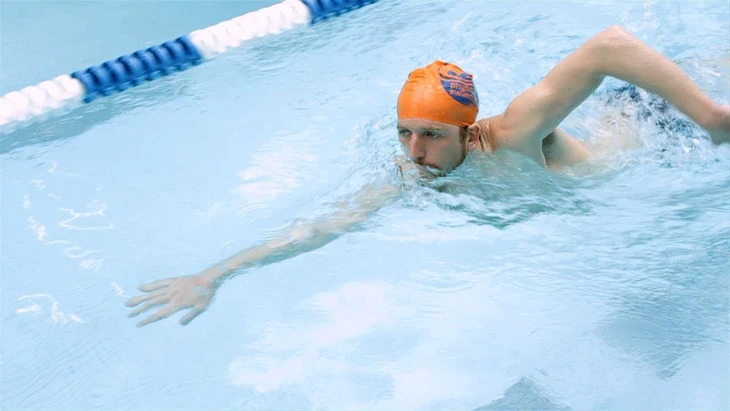
Many people who know how to swim freestyle also practice floating with their head above water in case of emergency - Photo: CT
In favorable conditions and need to swim to shore
If the shore is clearly visible, speed is the criterion, American experts recommend using head-up front crawl – high speed while still maintaining visibility.
However, this is still only an action recommended for lifeguards or sailors - people who are all too familiar with dealing with situations on water.
In case you are swimming and feel tired, you can switch to drownproofing to prolong your energy.
After all, there are two key factors to remember when in trouble: try to hold on to something floating; and if you have to swim - keep your head above water.
Although keeping your head submerged helps reduce drag in sports swimming, it can cause you to gasp for water, lose direction, and hit obstacles – extremely risky when flood water, waves, and debris can all cause trouble for you.
Of course, the above advice is just basic training for survival swimming skills. When an accident happens in real life, there are countless factors that affect it such as temperature, clothing, wind...
But to be on the safe side, if you already know how to swim - you should prepare for the worst by equipping yourself with the above mentioned swimming variations.
Source: https://tuoitre.vn/kieu-boi-nao-tang-co-hoi-song-sot-khi-gap-su-co-o-song-ho-bien-20250720213331023.htm



![[Photo] Draft documents of the 14th Party Congress reach people at the Commune Cultural Post Offices](https://vphoto.vietnam.vn/thumb/1200x675/vietnam/resource/IMAGE/2025/10/28/1761642182616_du-thao-tai-tinh-hung-yen-4070-5235-jpg.webp)

![[Photo] National Assembly Chairman Tran Thanh Man received a delegation of the Social Democratic Party of Germany](https://vphoto.vietnam.vn/thumb/1200x675/vietnam/resource/IMAGE/2025/10/28/1761652150406_ndo_br_cover-3345-jpg.webp)

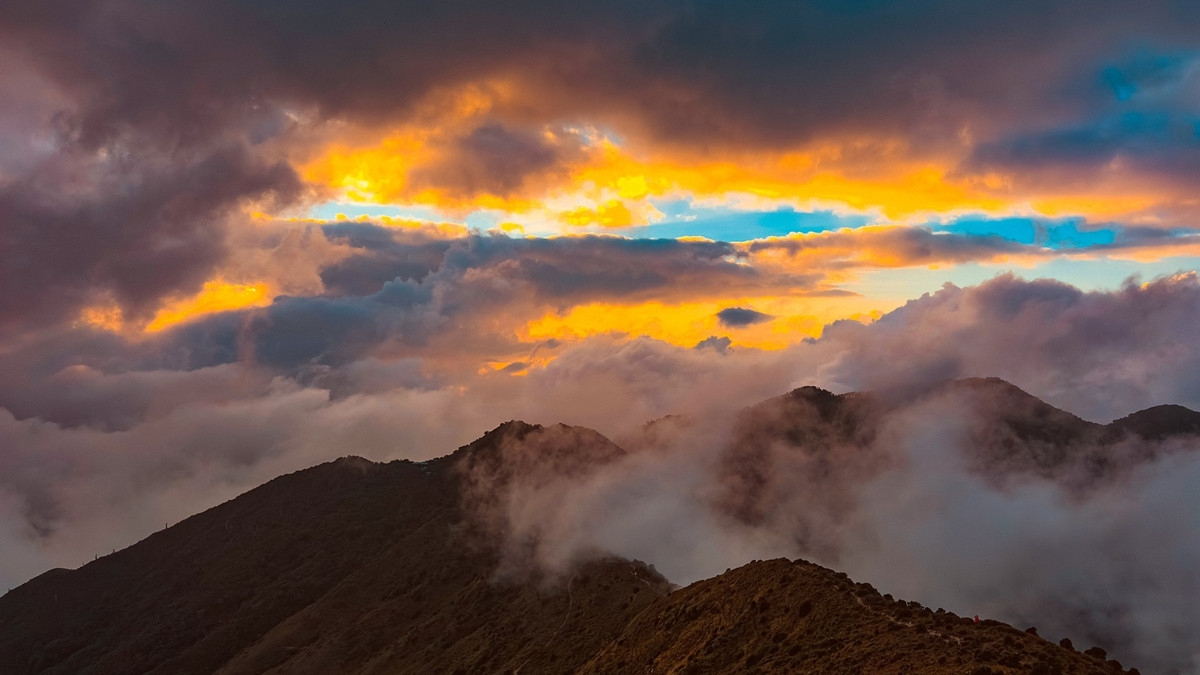


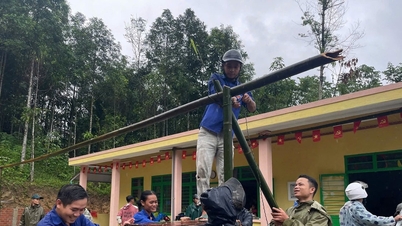

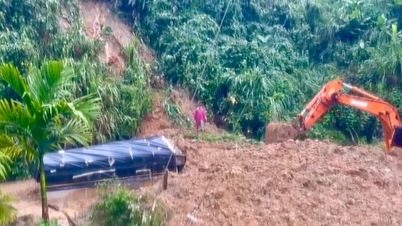
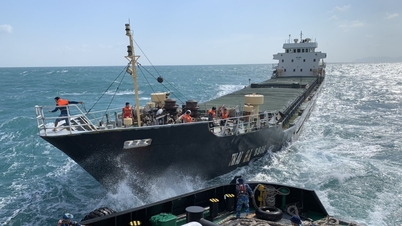








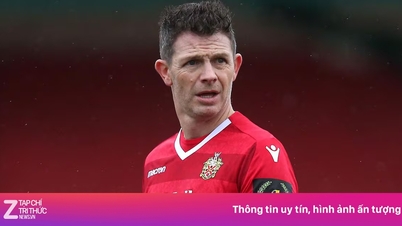



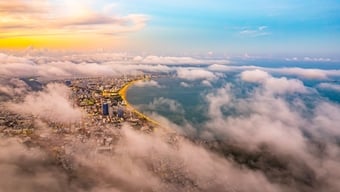
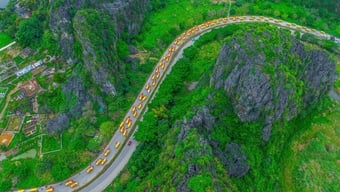



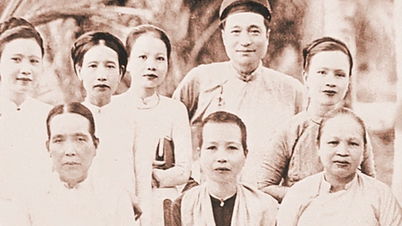

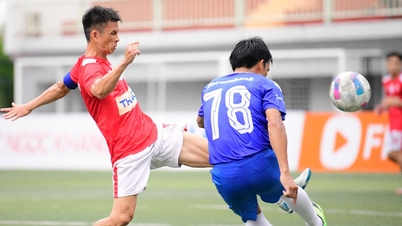

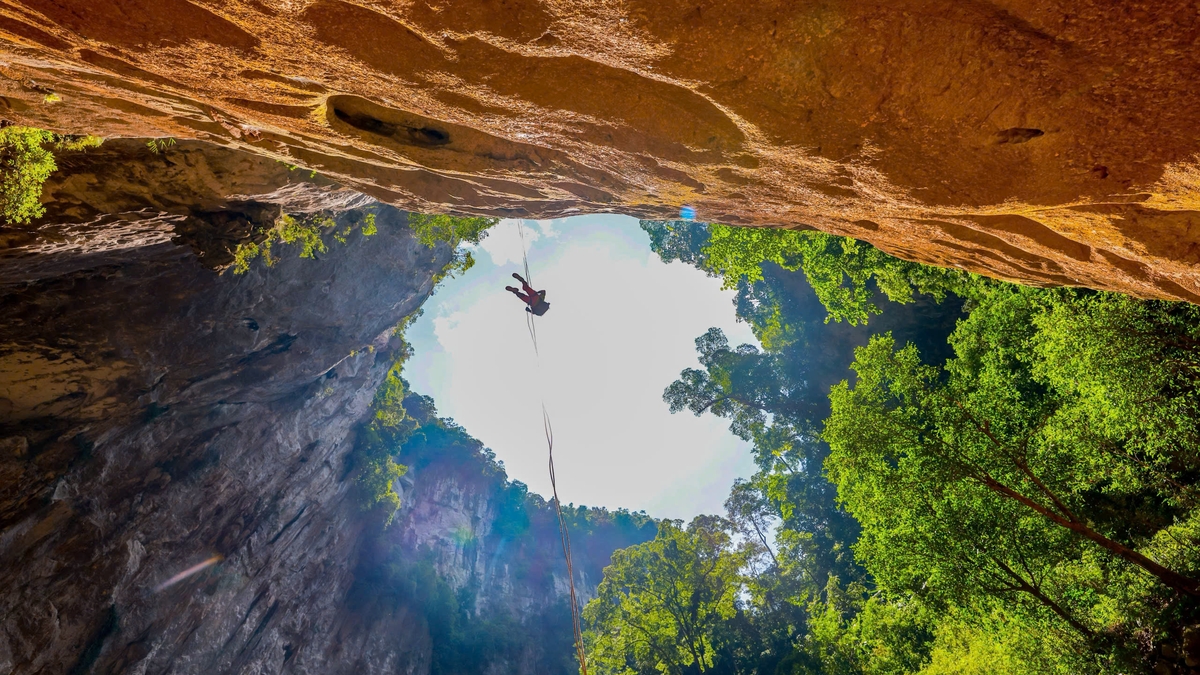
![[Photo] President Luong Cuong attends the 80th Anniversary of the Traditional Day of the Armed Forces of Military Region 3](https://vphoto.vietnam.vn/thumb/1200x675/vietnam/resource/IMAGE/2025/10/28/1761635584312_ndo_br_1-jpg.webp)
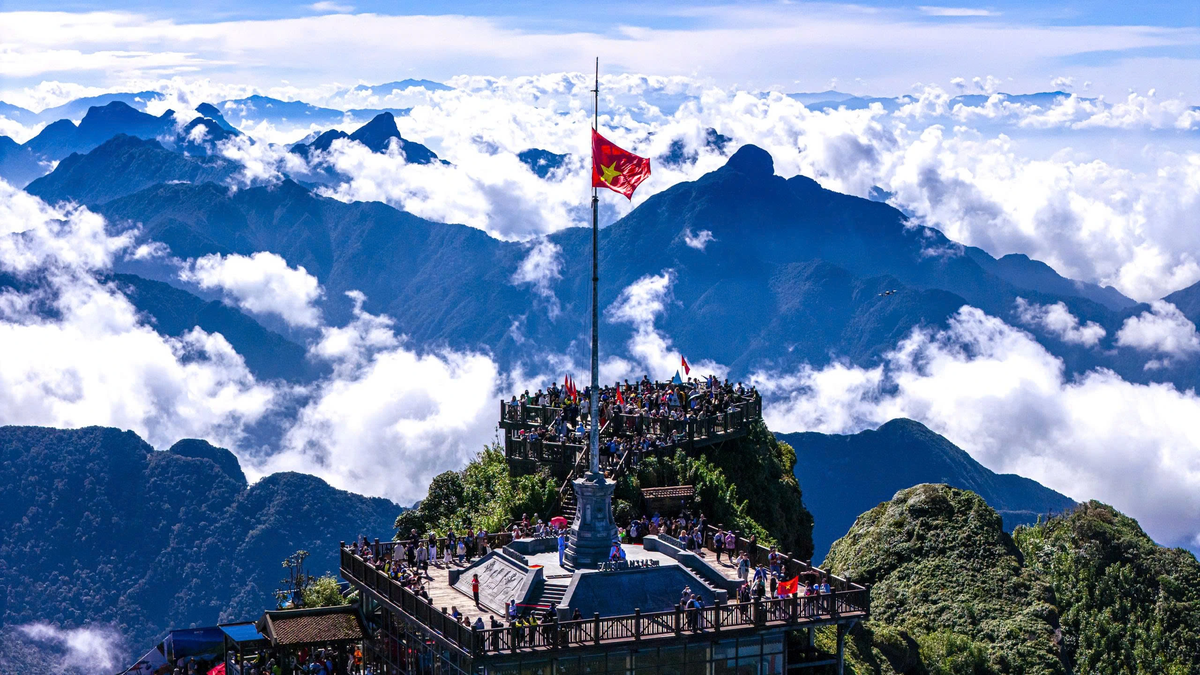
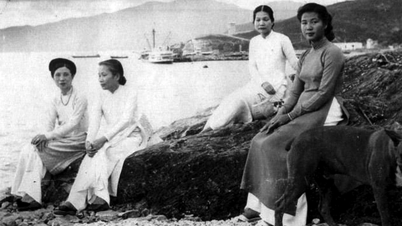
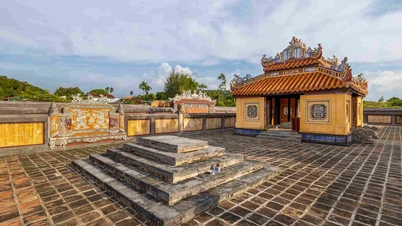


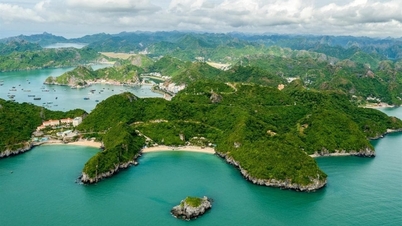

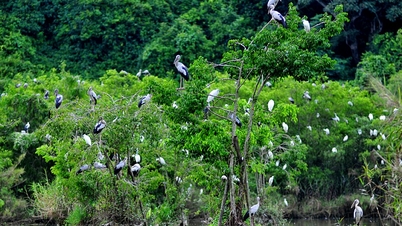

















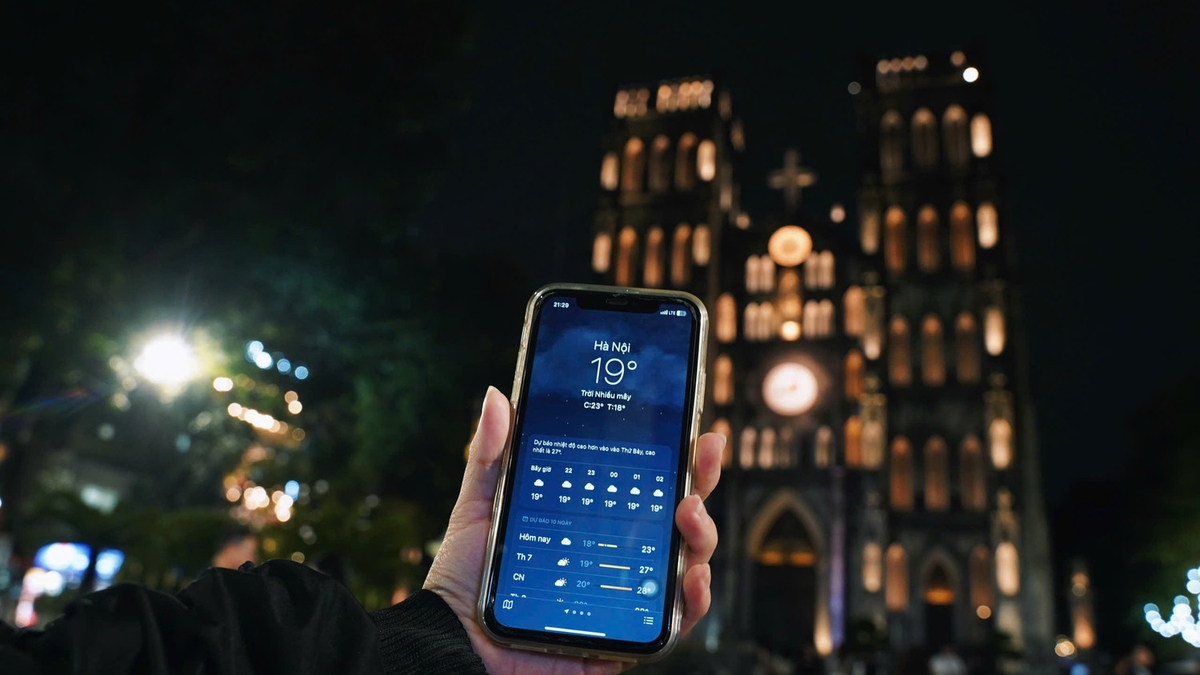



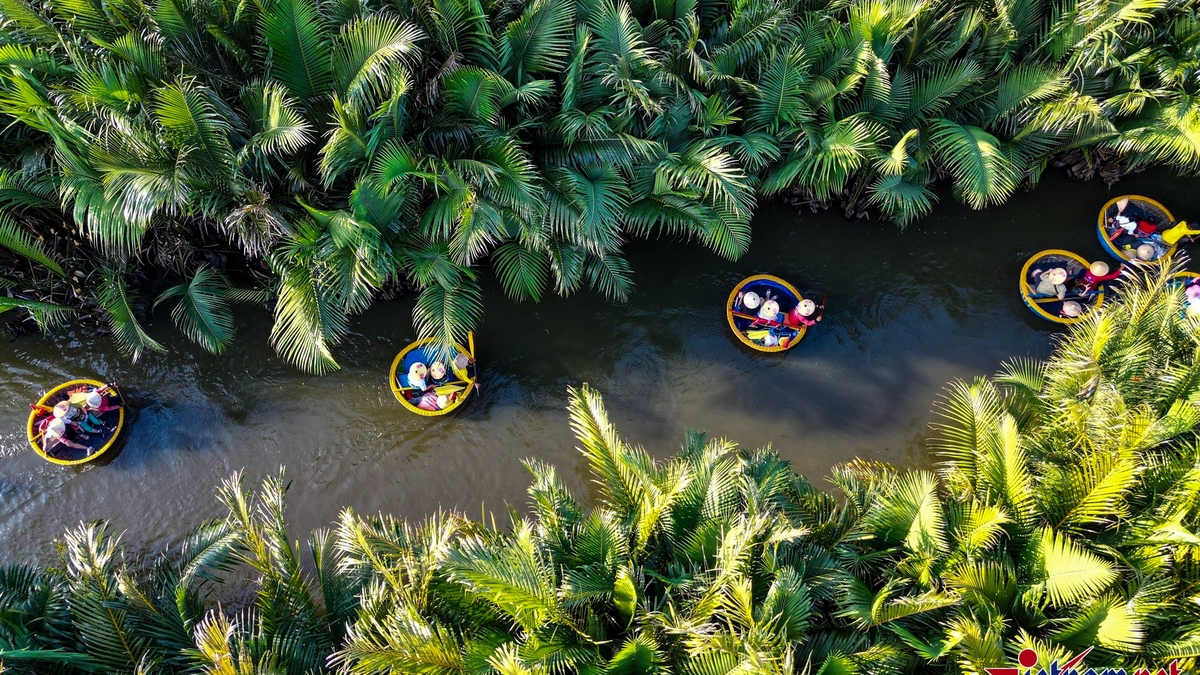
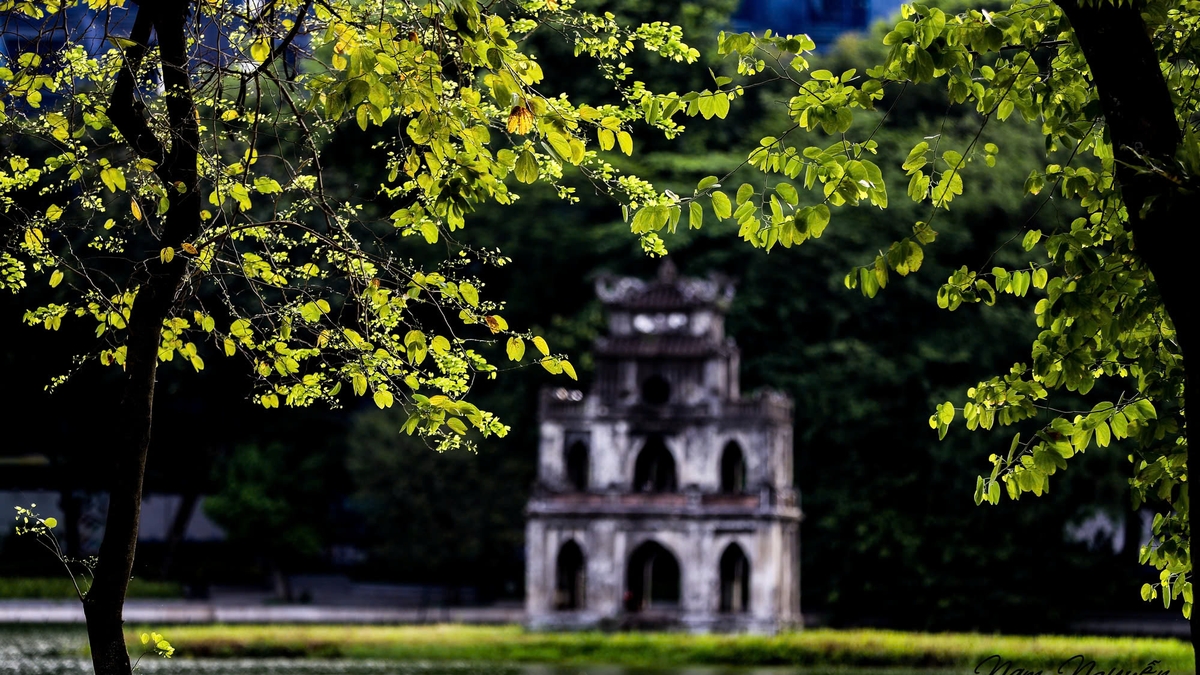






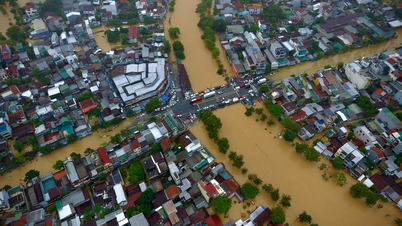








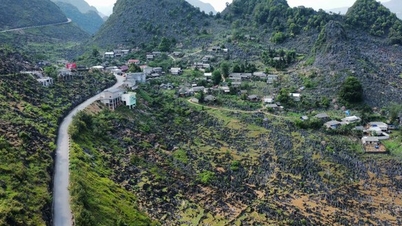





























Comment (0)